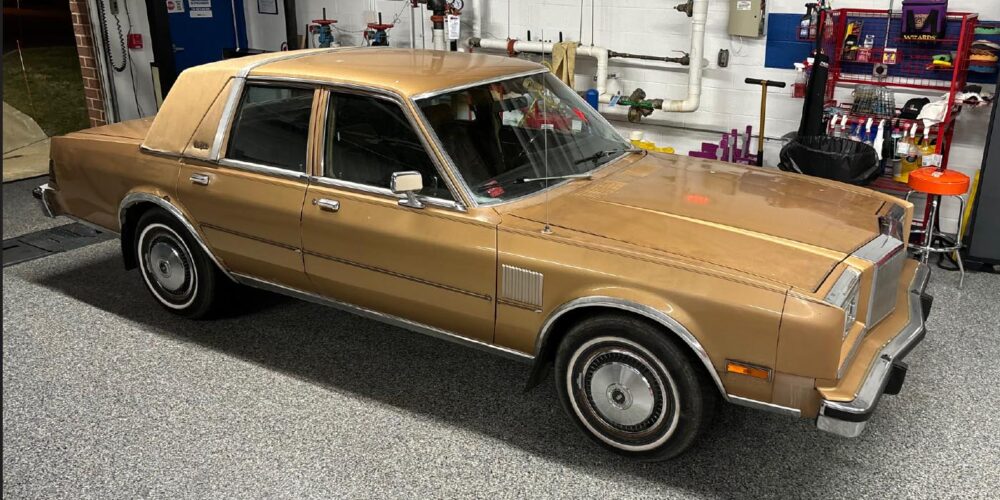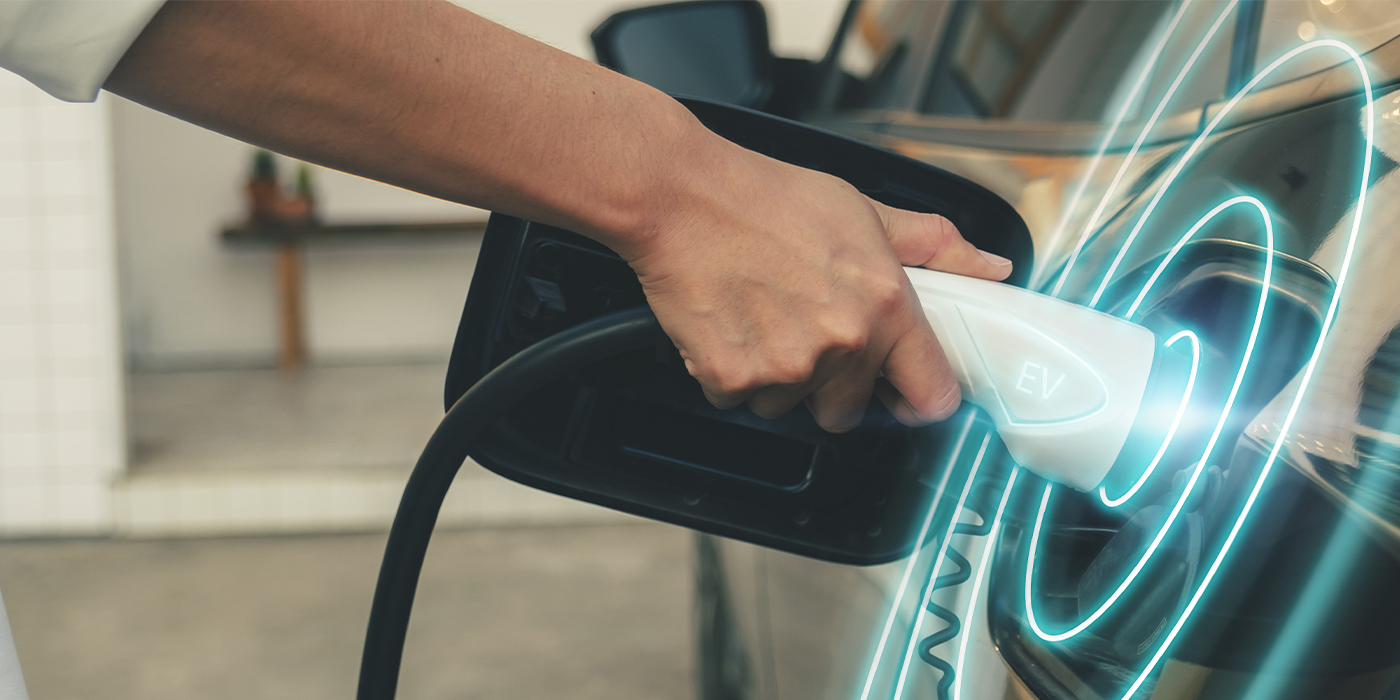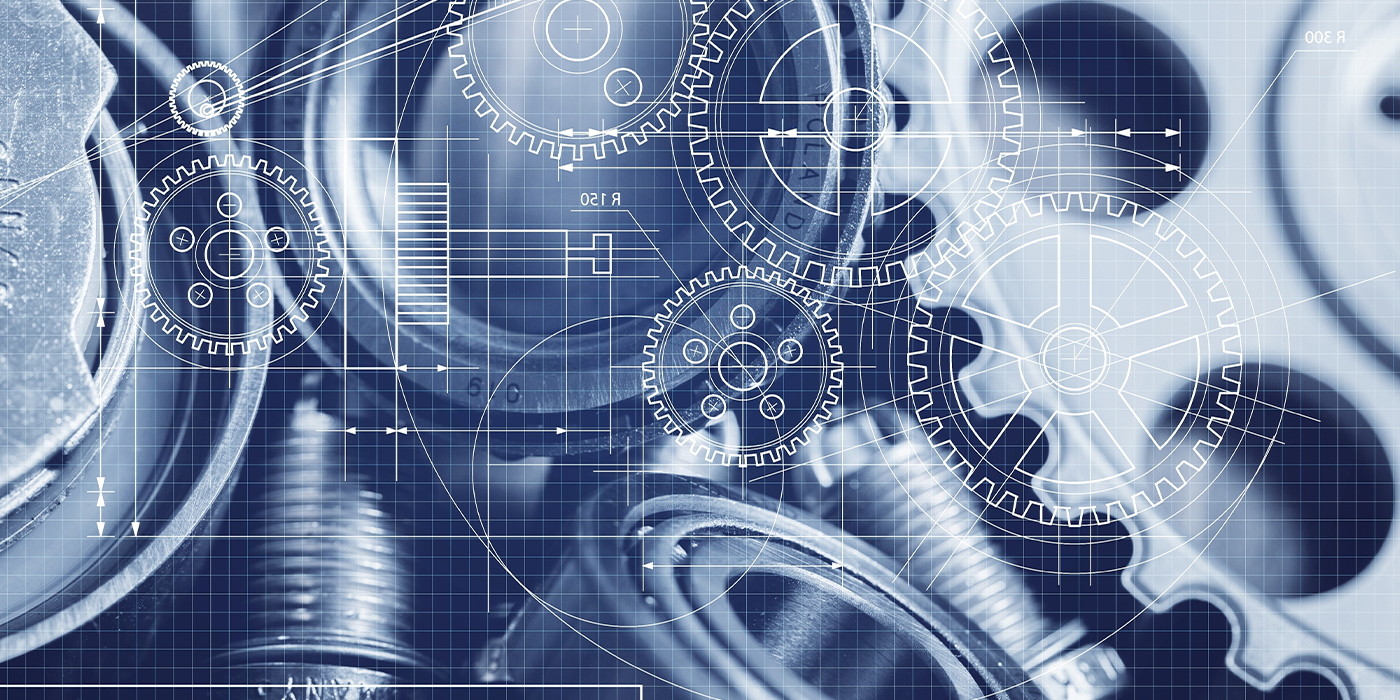Last month, I purchased a 1982 Chrysler New Yorker for $1,500. The car was previously owned by a technician who was moving to Arizona. It had 67,000 original miles. It would be my “beater with a heater” for this winter.
Under the hood is a 318 V8 with a Lean Burn feedback carburetor with a rudimentary engine control module attached to the air cleaner. The system could adjust the spark advance, change metering in the carburetor and even open a solenoid to vent the evaporative emissions from the fuel tank.
It had me thinking, “Were things better in the 1980s for technicians and shops?” This is a tricky question, because technicians, drivers and technology have changed drastically in the past 40 years. Looking at Brake & Front End, ImportCar and Tire Review from 1982, the big concerns were front-wheel drive, struts and fuel injection.
There are other parallels. Inflation in the late 1970s and early 1980s was rampant. By 1982, inflation was being brought under control with increased interest rates for consumer home and auto loans, but many auto loans were at 13% (credit scores had not been invented yet). Today, inflation impacts consumers with higher rates that have increased no matter your credit rating. During both eras, these factors have influenced new car sales.
Inflation also impacted the prices of parts in the 1980s. The impact was not as significant as today because much of the inventory was at the regional level with independent jobbers who didn’t change their pricing structure dramatically to adjust. However, the main victims of high interest rates were shops looking for loans to expand.
In the trunk of the New Yorker was a factory service manual. It was common for shops to purchase paper service manuals for vehicles they most often serviced. Some shops even had a library of manuals. It was not until 1989 that service information came on CD-ROMs. Today, service information can be accessed instantly.
Another factor was tools and fasteners. By the early 1980s, many manufacturers decided to go metric. The rollout was gradual and happened when a new platform was introduced. For example, the K-Car platform was metric, but the M-Body platform used standard or fractional fasteners.
They always say, you must know where you have been to see where you are going. Looking at the New Yorker, it is easy to see it was easier to repair in the past, in some ways. But these vehicles were not easier to diagnose compared to today’s vehicles. Most of the checks of the Lean Burn system had to be performed with an analog voltage meter and a timing light.
Getting nostalgic about the good old days is easy, but many forget the struggles. Imagine being a technician in 1984 and seeing the first Buick 3800 distributorless ignition system. It would be like the first time you saw a direct-injection high-pressure pump. In both cases, technicians yearned for the past, with distributors or port fuel injection. But, every time, shops have risen to the occasion with training patience.














